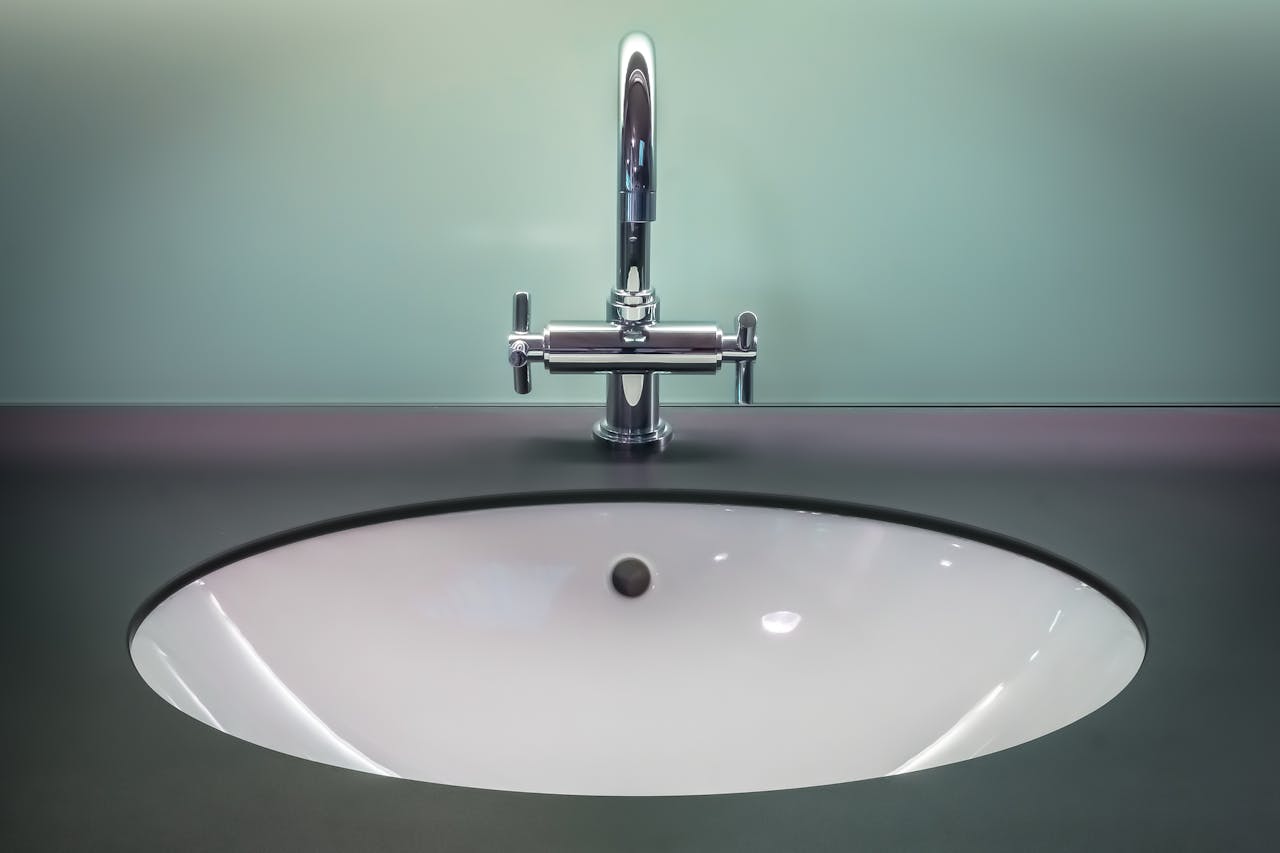Plumbing problems can disrupt daily life and lead to costly repairs if not addressed promptly. By following preventative maintenance practices, you can keep your home’s plumbing system running smoothly and avoid common household issues. These expert tips will help you safeguard your plumbing and ensure a hassle-free home.
Regularly Inspect for Leaks
Even small leaks can lead to significant water damage and increase your utility bills over time. Periodically check under sinks, around toilets, and behind appliances for signs of leaks, such as water stains, puddles, or musty odors. Address leaks promptly by tightening connections or replacing worn-out components.
Prevent Clogs with Smart Practices
Clogs are a common plumbing issue, especially in sinks, showers, and toilets. Use drain screens to catch debris like hair, soap scum, and food particles. Avoid pouring grease or oil down the kitchen sink, as they can solidify and block pipes. In toilets, flush only toilet paper and human waste to prevent blockages.
Maintain Your Water Heater
A poorly maintained water heater can reduce efficiency and shorten its lifespan. Drain and flush the tank annually to remove sediment buildup. Inspect the temperature settings to ensure they’re at a safe and energy-efficient level—typically around 120°F. Check the anode rod for corrosion and replace it if necessary.
Insulate Pipes to Prevent Freezing
In colder months, frozen pipes can burst and cause extensive damage. Insulate exposed pipes with foam sleeves or heat tape, especially in unheated areas like basements or garages. During extreme cold, let faucets drip slightly to keep water flowing and prevent freezing.
Know the Location of Your Shut-Off Valves
In case of a plumbing emergency, such as a burst pipe or major leak, knowing where your home’s main water shut-off valve is located can save you from significant damage. Familiarize yourself with individual shut-off valves for sinks, toilets, and appliances as well.

